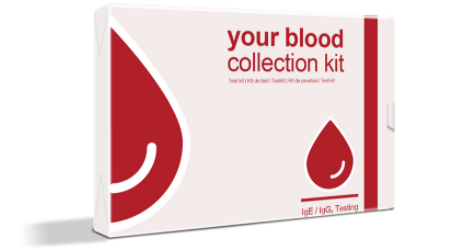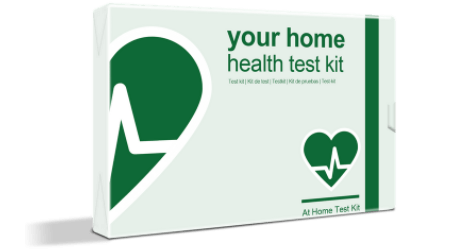Milk is an integral part of the day-to-day life of the majority of Australians. In fact, the average Australian will consume 105 litres of fresh milk every year. On cereal, in coffee, as an ingredient in puddings. Milk has a range of uses that makes it an incredibly versatile product which is difficult to avoid. Generally, this is not a problem, but for a specific population, this can make life incredibly difficult and can even potentially expose them to fatal conditions. But why is this the case, what can make something so ubiquitous as milk be so problematic? It’s time to take a look at the symptoms of milk allergy.
Digestive Distress
It would make sense that, if you have problems with milk, any issues will manifest within the digestive system. As the majority of your contact with milk will take place within the various parts that make up this system, it is unsurprising to know that symptoms of milk allergy include stomach cramping, flatulence, diarrhoea and bloating. If you’re experiencing any of these symptoms, you should look to test for a milk allergy.
Skin Reaction
When you consume milk you might also notice a more visible reaction. One of the symptoms of milk allergy is for a rash to appear on the skin. You might also experience hives and, in some cases, eczema.
Nasal Congestion & Breathing Problems
Maybe not something you’d immediately associate with the consumption of milk, but an allergy can trigger an inflammatory reaction which narrows airways. This can affect your ability to perform physically and also have an impact on sleep. Your body will also, likely, produce excess mucus to help remove the allergen from your body.
 Anaphylaxis
Anaphylaxis
Not strictly a symptom of a milk allergy, it is a condition caused as a result of a reaction to a milk allergy. Anaphylaxis is a potentially life-threatening condition if left untreated. When a sufferer experiences anaphylaxis, their airways will narrow and constrict, making it incredibly difficult (in some cases impossible) to breathe. They will also experience insatiable itching and facial flushing. Anaphylaxis requires immediate attention and treatment using an epinephrine shot. It will also need a costly trip to the emergency room.
The Importance Of Allergy Testing
The fact that allergic reactions occur on a spectrum means that they can go unidentified for a long time. You may mistake more moderate symptoms for other conditions until your symptoms worsen, potentially exposing you to anaphylaxis from an allergy that had, up until now, caused mild symptoms. By taking an allergy test, you can find your allergies before the symptoms worsen.



